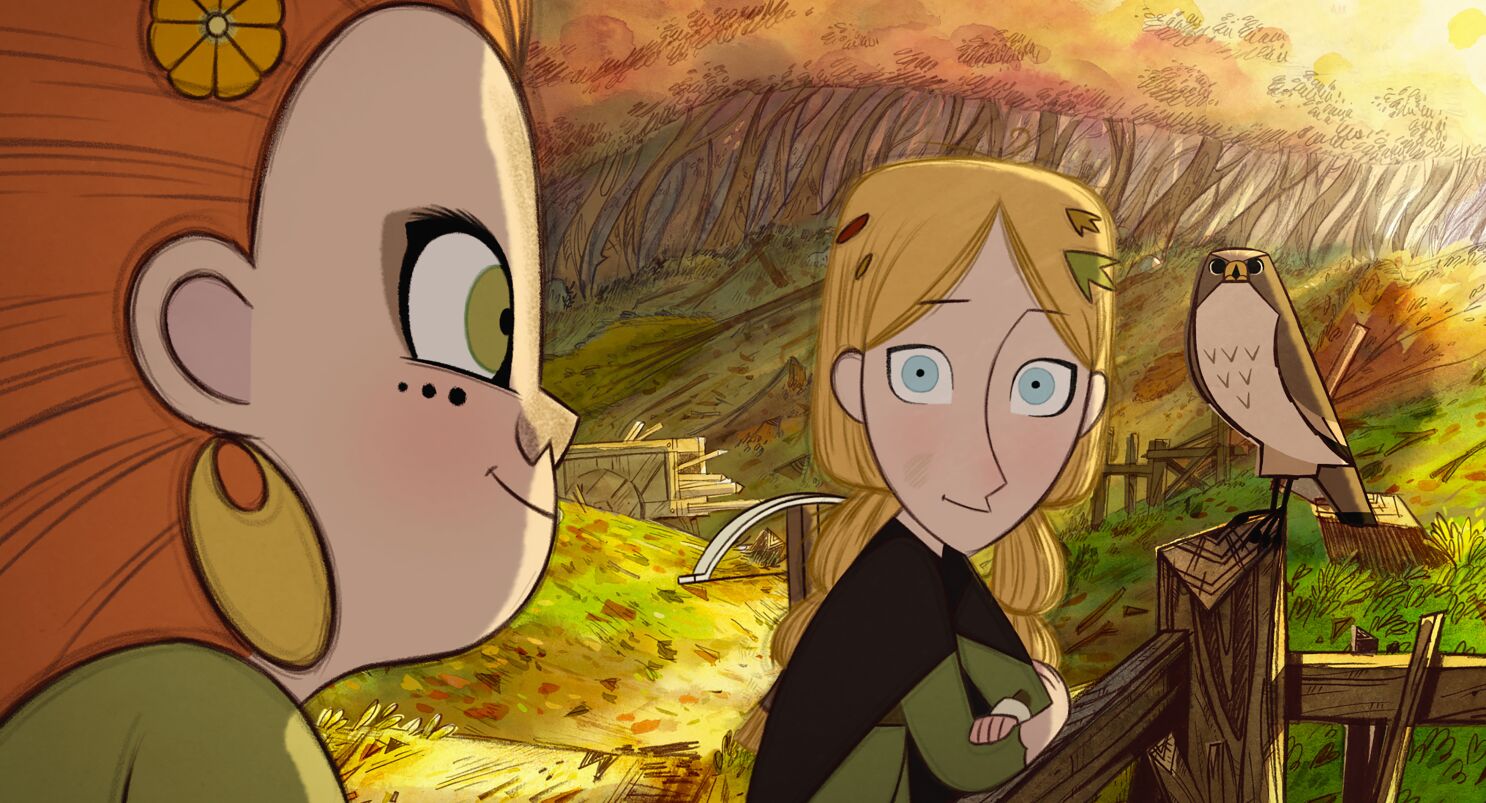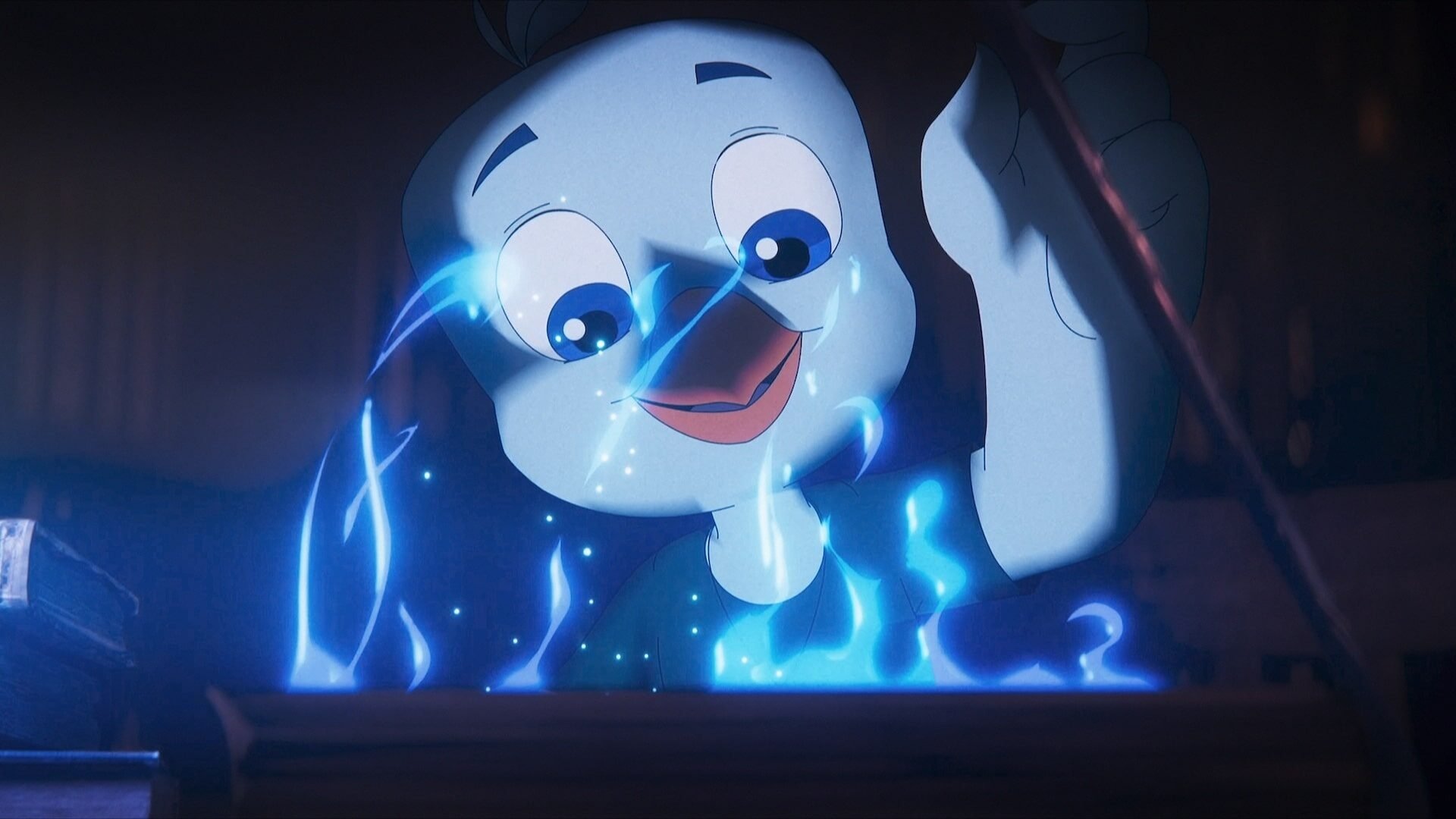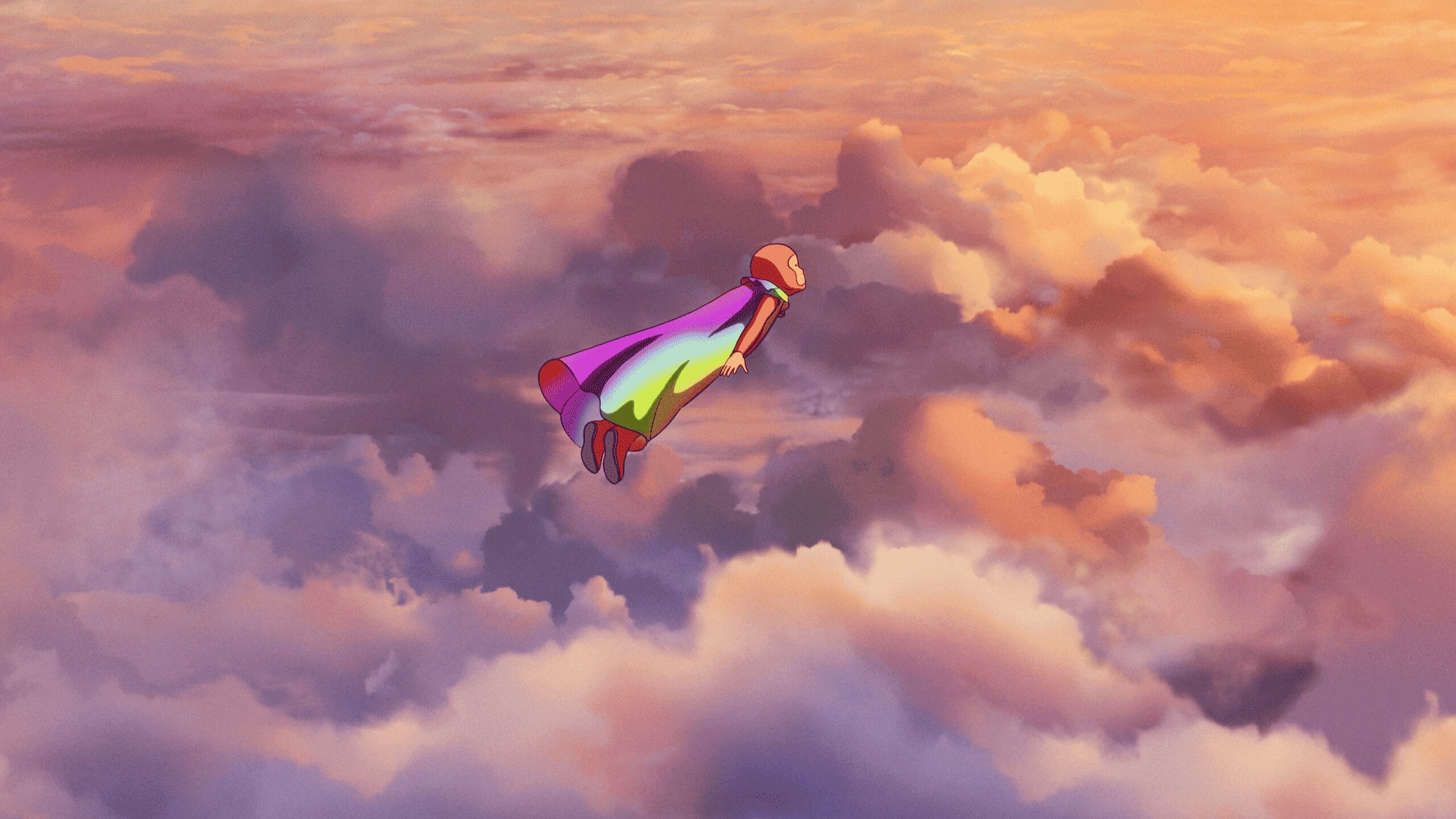Introduction
Hello, fellow adventurers! Welcome to my first opinion essay of 2023, whether or not related to the animation industry. Today, I wanted to talk about something I had been very passionate, but that not all moviegoers might appreciate: small, foreign and non-mainstream animated movies (which I define as animated movies not produced by the big animation studios or by major animation icons) such as The Summit of the Gods (available on Netflix), which is the cover image of this essay.
For the past few years, the non-mainstream animation industry thrived, despite the lack of resources and budgets compared to the mainstream counterparts based in the United States and every year, a selection of movies ended up either in theatres or on our streaming services. Still, certain viewers either do not give it a chance by watching it to see whether they will enjoy it, or worse, ridicule it for looking ‘cheap’.
As someone that enjoys venturing to other animated movies besides the big animated movies, this type of gatekeeping is sadly common, even as the animation industry is expected to hit about US$587 billion in 2030 according to Statista. This is especially so in North America, where fewer of such movies landed on the shores of the United States and Canada compared to other countries.
I had seen various non-mainstream animated movies, whether directed by animation icons from across the world or produced by animation studios you may have never heard of, or even countries where you would last expect them to produce an animated movie, simply because their animation industry is tiny. These animated movies thrive in scarcity, which what makes them different from regular mainstream animated movies with bigger animation teams and a larger budget.
Hence, I wanted to get something out of my chest by explaining why these animated movies do not fare well, and how you can support these underdogs, based on my previous experience watching these animated movies. There are three main reasons behind this based on my observations:
Reason 1: Stigmatisation and Negative Perception

The first reason I could think of is that in 2022, smaller, non-mainstream animated movies still have a seriously negative perception, and it will bother most regular moviegoers who have little experience watching such movies. Often, most mainstream animated movies tend to cater to the family audience, especially so for Western animated movies. This was why there is still this perception that animated movies are “for kids”. As a result, this creates a massive misunderstanding where people often associate animation as “kiddy fodder”, hence this joke during the Oscars 2022 by presenters Lily James, Halle Bailey and Naomi Scott when presenting the Oscar for Best Animated Feature in 2022:
Animation is something kids enjoy, and adults have to endure…
Lily James, Halle Bailey and Naomi Scott
To be fair, this is a script written and approved by the Academy, but regardless, this perception also applies to the non-mainstream animated movies where they endured even more stigma. A majority of the non-mainstream animated movies, especially those made by small, lesser-known studios and not attached with a well-known animation figure or studio. They might not hold up in terms of overall quality, but at the end of the day, it is an animation studio (or a few) working together to produce an animated movie, the same way the mainstream animation studios produce animated movies, just with a lower budget, lesser staff and lesser resources.
Just look at the estimated budgets for more well-known small animated movies, based on IMDb, Wikipedia or other sources:
- Chickenhare and the Hamster of Darkness (2022): €20 million (Or around US$21 million)
- Mosley (2019): US$19 million
- Tad the Lost Explorer (2012): US$12 million
- On-Gaku: Our Sound (2020): US$40,000
Typically, some of the biggest mainstream animated movies require big budgets and resources in order to produce some of the best quality animation we see today, especially with studios like Disney, DreamWorks Animation and Illumination Studios, as shown below:
- Turning Red (2022): US$175 million
- Sing 2 (2021): US$85 million
- Puss in Boots: The Last Wish (2022): US$130 million
- Frozen (2013): US$150 million
It is noticeable that most non-mainstream animated movies do not have large budgets compared to the mainstream giants, mostly because it is much cheaper to produce animation outside of the United States. This creates a perception that animated movies need to have high budgets, so certain moviegoers or fans of the animation community perceive animated movies with lower budgets as ones that look cheap, without giving them a chance to look at it.
More importantly, however, is that a good amount of non-mainstream animated movies, particularly foreign mainstream animated movies, suffer from lower quality writing than most great mainstream animated movies, not just the animation. Since a lot of these movies are for the domestic audience, such as the Tad the Lost Explorer series that is popular in Spain and not so outside, a good amount of these foreign animated movies fare worse internationally, especially if their English dubs are not good. Therefore, the combination of lower quality of writing and execution, also due to lack of resources, results in this negative perception and stigmatisation.
Hence, seeing most moviegoers not giving these animated movies a chance because of lack of industry recognition and resources is a gatekeeping moment, and that perception frustrates most supporters of the animation community.
Reason 2: Lack of Outreach

The second reason behind this struggle is the lack of outreach for these smaller animation studios, mainly due to distribution costs. Most of the time, these animated movies cater to their domestic audience, especially for the family audience. However, there are also festival picks that are more abstract and less mainstream-looking, which you can find in global animation festivals.
The problem is that in both cases, there are not many distributors that are willing to pick them up for releases worldwide, especially with festival picks. While some might be lucky to get picked up by major distributors, others had to resort to smaller ones that do not have resources to distribute it globally. Therefore, outreach is very difficult for such movies, so some might have to resort to get their movies in streaming services which are more accessible, especially for Netflix.
There is also the other element of them suffering from a lack of marketing and promotion. Unless you are an avid follower of animated movies, and looked through various animation sources like Animation Magazine, Cartoon Base, Animated Antic, Catsuka and others, as well as the internet, you might not have heard of some of the movies I previously covered, such as Dino Time and Little Nicholas: Happy As Can Be. This is because marketing and promotion also requires money and resources, and most small distributors might not have enough marketing staff to create a proper promotional campaign for these small movies.
As a result, most mainstream moviegoers would not know these movies exist due to lack of distribution and lack of proper marketing, which exasperated the struggle of these non-mainstream animated movies.
Reason 3: Fear of the Unconventional

While other countries, especially in Europe, Asia and abroad, are going past that convention and producing high-quality animated movies for other audiences, such as the PG-13 and adult audience, over in North America, most of the major animated movies cater more to the family-friendly crowd, even for the typical mainstream giants such as Walt Disney/Pixar and DreamWorks.
However, if you venture outwards and look at animated movies outside of North America, many animated movies also feature stories that would not be considered family-friendly. Various stories presented with animation include a migrant’s struggle such as Flee, to a stop-motion animal-based story discussing death and the meaning of life such as Even Mice Belong in Heaven and even the Khmer Rogue atrocities like Funan. A lot of great animated movies overseas have a mixture of mature stories for adults and good-quality family fare for families.
These movies embrace the belief that animation is for everyone and treat the audience with as much respect as they could. I would believe if the foreign, animation-passionate audience watched the likes of Norm of the North and Arctic Dogs, I bet most of them would disapprove of those movies in a heartbeat due to how much both movies disrespect their target audience by dumbing down on the cliches and tropes seem in typical animated movies.
And that is not to mention about the animation. While most North American animation studios still kept to their guns and focus on 3D CG animation, foreign countries embrace different styles of animation, especially in strongholds like France, Japan and more recently China, producing a mixture of 2D hand-drawn animation and 3D CG animation. They also utilise different styles of CG animation, resulting in movies that have photorealistic and stylised CG animation, as well as 2D, stop-motion and rotoscoping animated movies.
Hence, most of the North American audience struggle to look at non-mainstream animated movies because they are not used to more mature stories in that medium, which alienates them from these non-mainstream animated movies.
Conclusion: Why There Is Less Struggle for Non-Mainstream Animation in the 2020s

The good news is that more in the community are opening up to non-mainstream animated movies, especially when we are seeing more distributors, such as Well Go USA, Viva Kids and GKIDS, bringing more promising foreign animated movies into the United States. In addition, with streaming services, there are more ways for non-mainstream animated movies to find their way to more audience.
Furthermore, more animation icons are taking up the fight to challenge current perceptions, championing that animation is not a genre, but instead a medium. More recently, animation advocate and director Guillermo del Toro said this when accepting the award for Best Animated Feature for his Pinocchio movie at the Golden Globes:
Animation is cinema. Animation is not a genre for kids, it’s a medium.
Guillermo del Toro
Speaking of Pinocchio (which is as non-mainstream as you get when it comes to mainstream animated movies), despite rave reviews and massive word of mouth, Pinocchio was not the most viewed Netflix animated movie of 2022 (based on my findings). That honour goes to Chris Williams’ The Sea Beast, whose showcase of world-building with thrilling action sequences makes it one of the most exciting animated movies of 2022. Still, both movies are examples of animators daring to be different and going beyond your typical mainstream animated movie.
With that said, this is an uphill battle as some executives are continuing to not treat animation with the respect it deserves, with movies like Marmaduke, Norm of the North and Arctic Dogs as proof. With more people joining in to spread the good word about how and why animation is for everyone, however, it would not be long before studios begin producing a wide variety of excellent animated movies suitable for intended audiences, and less of vanity animated movies that discredit the medium.
I hope this essay will be useful in deciding to support animation, especially for non-mainstream animation. I hope me and others in the community convince you to take a leap of faith and try out more daring animated movies someday. With day, I will see you on the next adventure where we explore more animated movies, and until then, k thanks bye!




